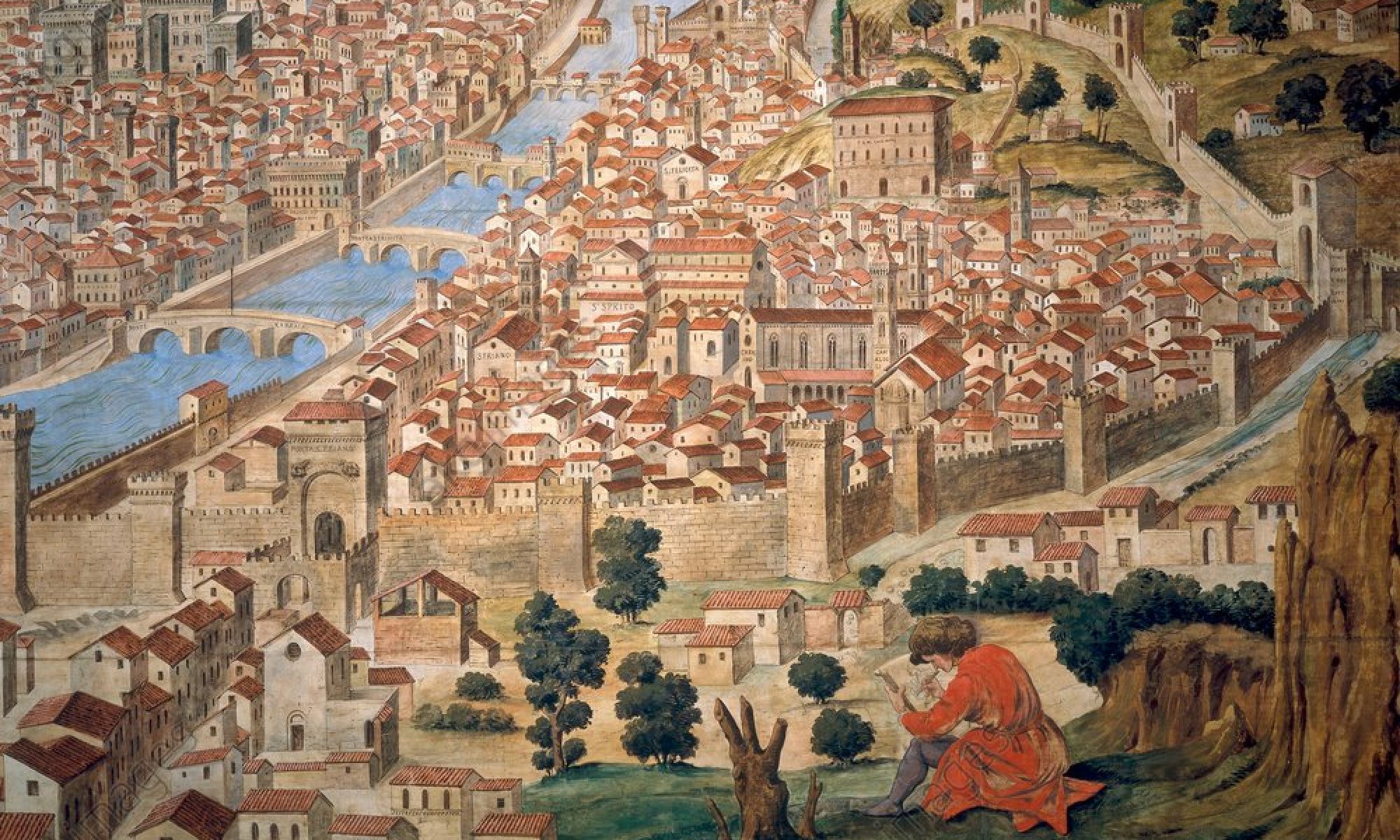
- Old Street Publishing
- Hardback 978-1-913083-63-2
- 10/9/2024 (UK
- http://oldstreetpublishing.co.uk/102/the-shortest-history-of-japan
“memorable, meaningful and engaging”
One of Akira Kurosawa’s most famous movies is called Rashōmon, but few Western people who first encounter the movie will understand the significance of the name. At first glance, it seems to have nothing to do with the movie, as it is a story told by a small group of outcasts gathered at an old ruined gate. Although famous for his westward gaze, Kurosawa probably appealed to the knowledge of his Japanese audience to appreciate the significance of the subplot here.
As you will learn from reading The Shortest History of Japan, the name of this gate is Rashōmon, one of the principal entrances of the fabulous city of Heian-kyō, the Capital of Heian period Japan, which fell into ruin and became a place where people dumped corpses and left unwanted babies.
Now, of course, you don’t need to know this to enjoy Toshiro Mifune’s performance, but when you do, it adds significance to those outcasts who are telling the story. This nugget of significance is one of the many such rewards of reading The Shortest History of Japan, by Lesley Downer.
Today, Japan’s popular culture is ever present in Europe and America, and whether in food or art, the West is a major consumer of Japanese exports. Sometimes I often wonder if the average animé or culture watcher could tell you what Ukiyo-e is or if the average foodie could give some insight into the importance of rice to the Japanese economy for the majority of its history.
There is a danger in this, as the more widespread something becomes, the more it can become misunderstood.
The roadblock to understanding is interest, as such the fewer obstacles to deterring that interest is vital. Japanese history can be daunting to people who already lead busy lives as well as the size, detail, accessibility, and often high scholarly tone of most histories of Japan.
A country with the lineage of Japan is not easy to condense, but as the Edo period Haiku master, Bashō would no doubt tell you, just because a work is short, does not mean it cannot carry the same weight
… ‘watersplash’.
If you didn’t understand that reference, reading this book will enlighten you.
Much is down to quality, and this little book delivers a lot within a short space of time. It is not just a retelling of the high points of popular history either. A real effort to weave in significant but often obscure stories has been made. This is important as many readers tend to focus on specific historical periods and don’t get the chance to learn about things that came before or after. For instance, it might interest people to know that, although traditionally thought of as a country in which political power was (and remains) the preserve of men, four of the most important rulers who took Japan from a backwater known as the Land of Dwarves to the Land of the Rising Sun, were women. Significant but less-told and less accessible stories like these, are the bedrock of this book.
Therefore, books like Shortest History are vital to many students and history fans in the understanding of their favoured part in history as a whole. There can be no doubt that in condensing a topic that has libraries devoted to each chapter some things have been omitted or left emphasized, but a book like this cannot be judged on what it leaves out, nor should anyone forget that the author created this book to be an introduction, and a starting point. Yet, even if it is the only book you read about Japan you will reach the end in a better place than when you started, and you may rest assured you have travelled in capable hands.
From the dim origins of prehistory and then through the realm of myth, to the dawn of the samurai and into the modern age, the book flows smoothly and easily through the textured history of the country, revealing little-known figures and facts and always remaining close to the heart of the matter.
With her literary and historical experience, Lesley Downer is the perfect author to bring us The Shortest History of Japan, she conveys the central stories of Japan’s succession of eras with great atmosphere and detail, so whether you need a place to start, or want to cram on the flight to Tokyo, this, memorable, meaningful and engaging book is for you.














You must be logged in to post a comment.